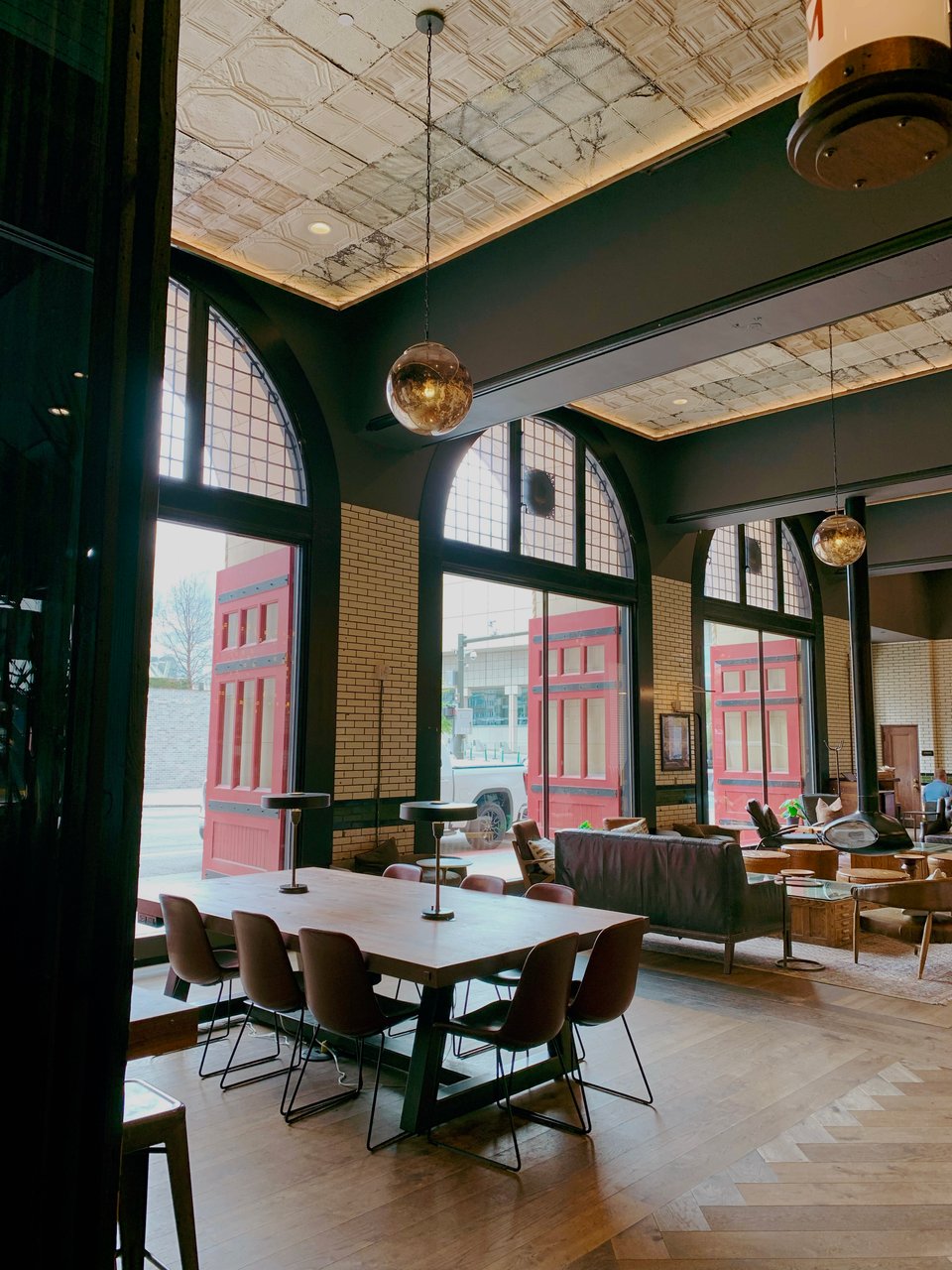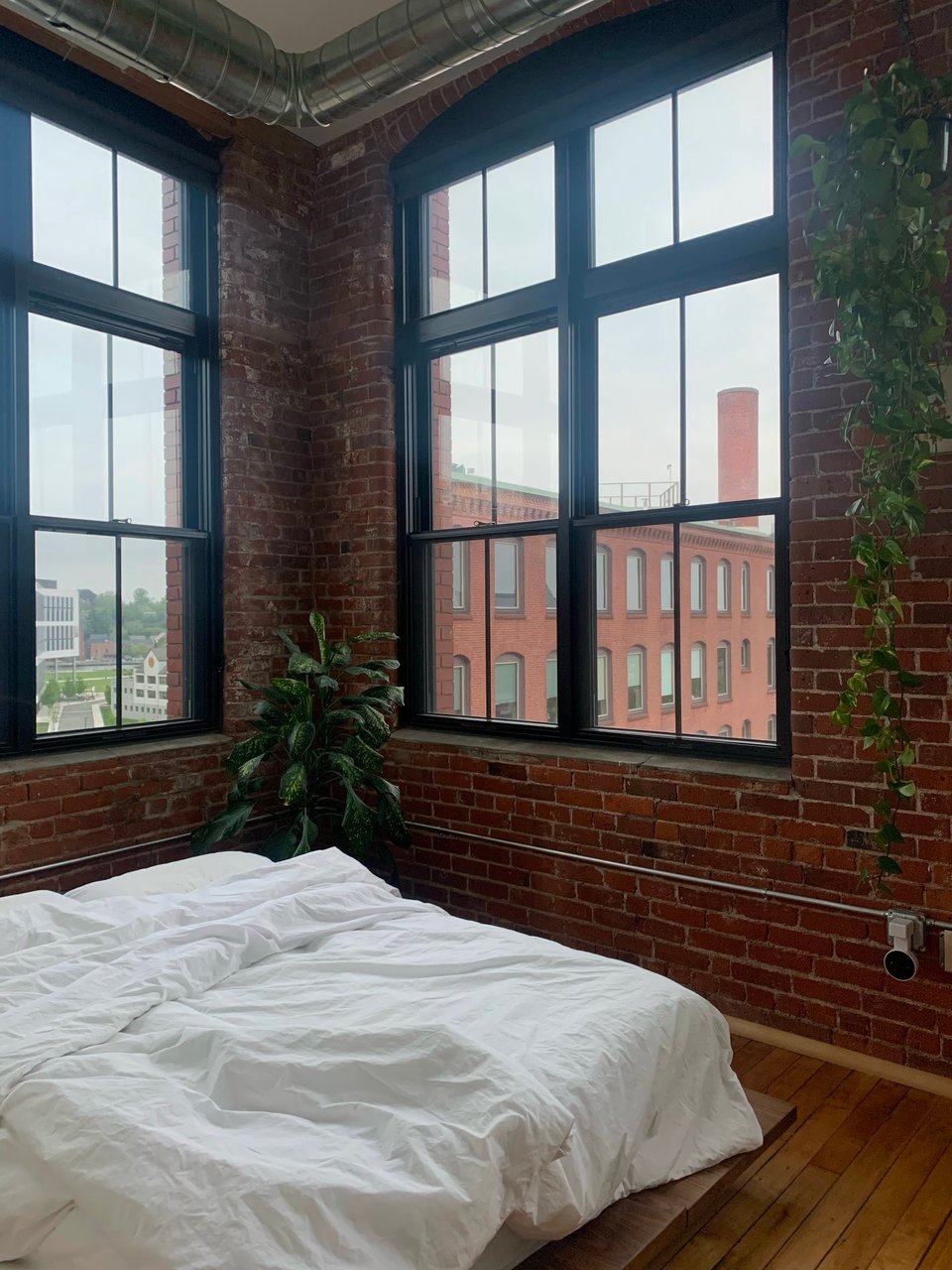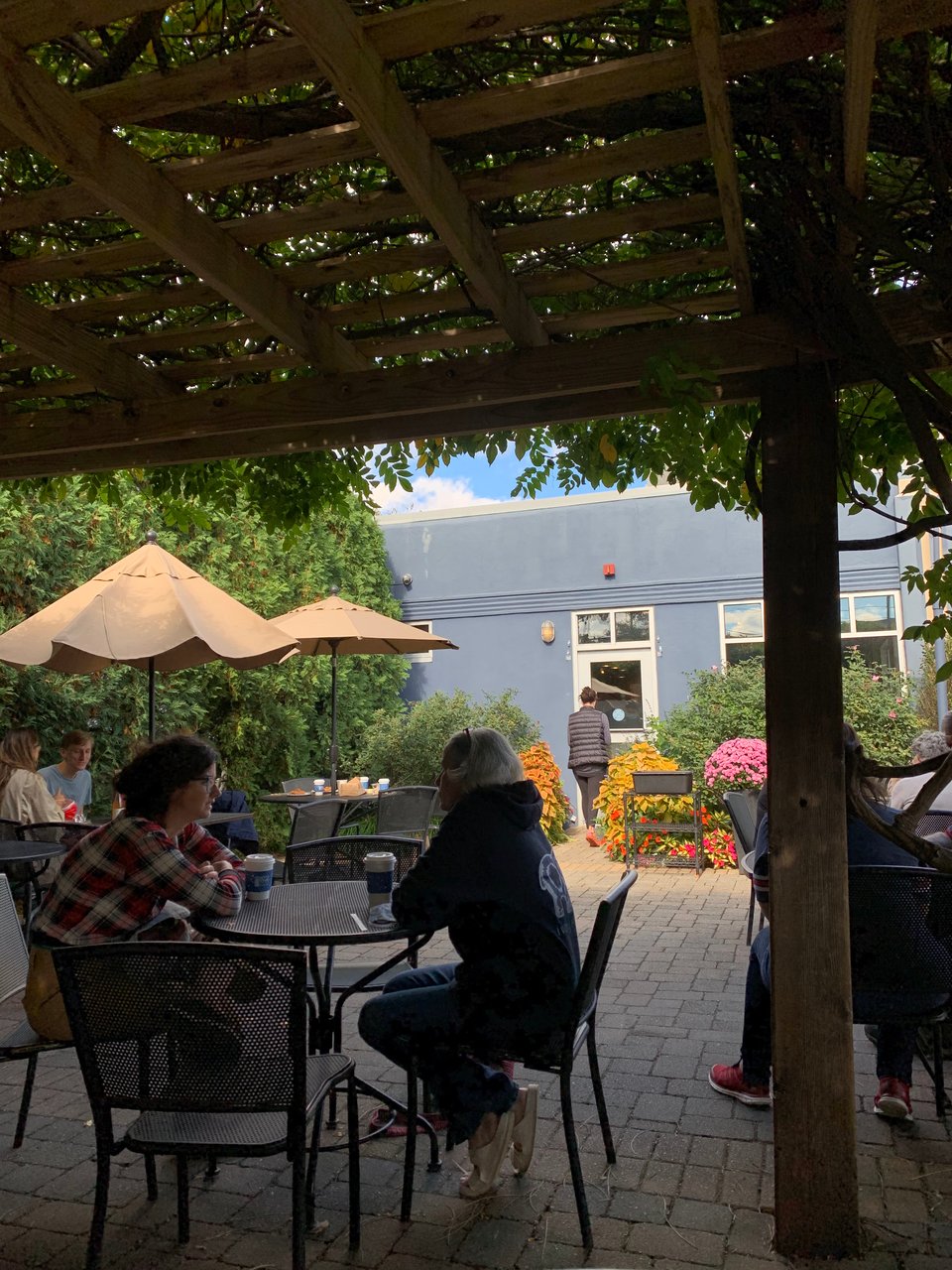Welcome to flaneuring, a newsletter featuring new resources on urban & beyond, insights, and photography.
an insight
A hotel that used to be a firehouse.
An apartment building that used to be a jewelry factory.
A coffee shop that used to be a gas station.
Some places carry their past with them, making their present even more compelling.
It’s intriguing how spaces evolve — how new purposes mold themselves to old structures, adapting rather than erasing. Constraints shape possibilities, and the result is often more interesting than what was originally intended.
The layers of history add character. A building’s past is never fully erased; instead, it lingers in repurposed walls, in traces of what once was, making the new use more meaningful.
In How Buildings Learn, Stewart Brand writes:
“The building became more interesting when it left its original function behind. The continuing changes in function turn into a colorful story which becomes valued in its own right. The building succeeds by seeming to fail.”
snapshots
The examples above are real :)
In Detroit, the Foundation Hotel brings life to a former firehouse:

Many old factories in Providence’s Jewelry District have now been turned into lofts:

Also in Providence, multiple Seven Stars Bakery locations — on Point Street and on Hope Street — are housed in converted service stations:


new resources
Edge City: Life on the New Frontier by Joel Garreau explores the rise of suburban commercial centers that have transformed how Americans live and work.
A History of Future Cities by Daniel Brook analyzes how cities like St. Petersburg, Shanghai, and Mumbai were built to fast-track modernization, reflecting patterns seen in today’s boomtowns and the broader impact of globalization on urban growth.
You just read issue #9 of flaneuring. You can also browse the full archives of this newsletter.
